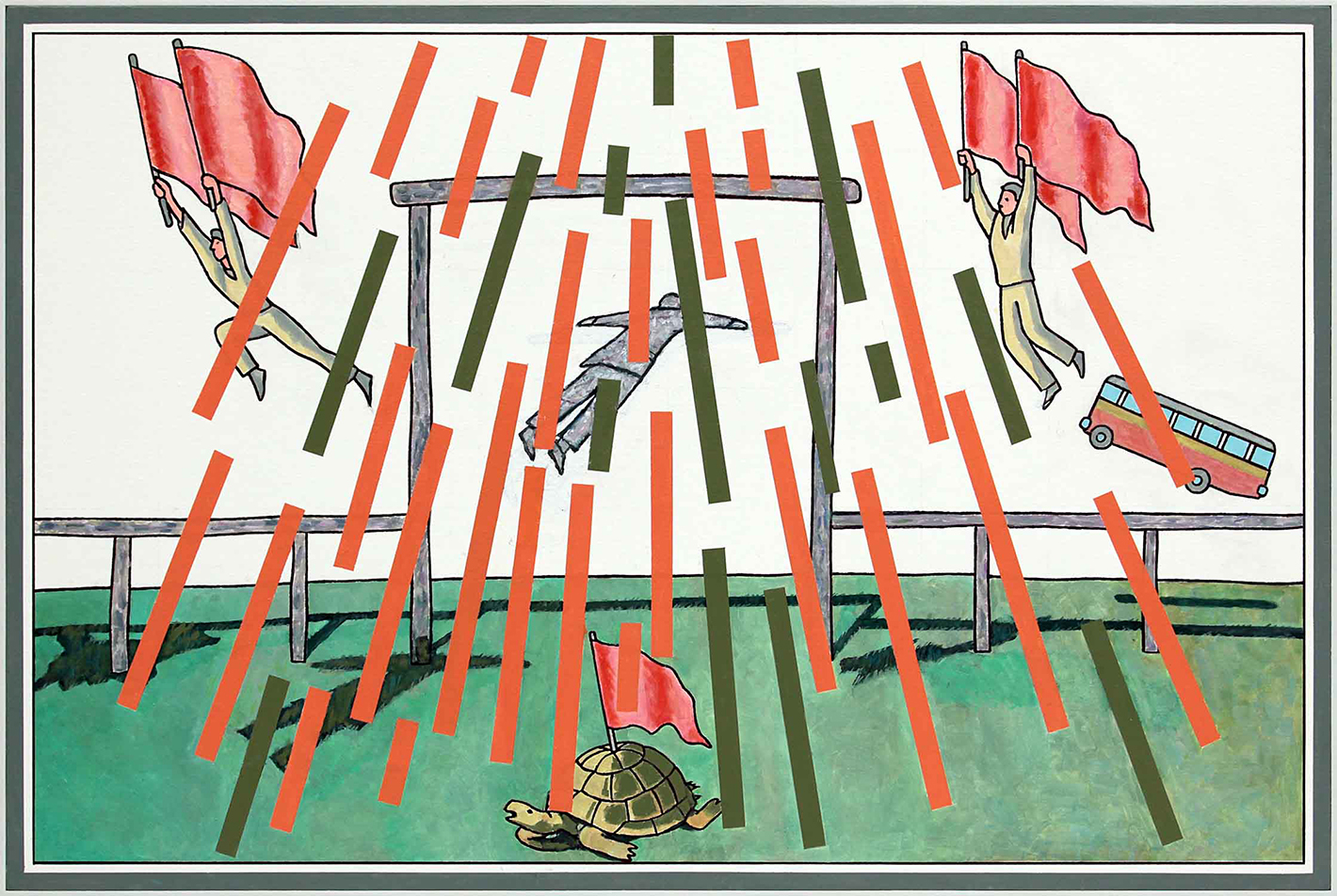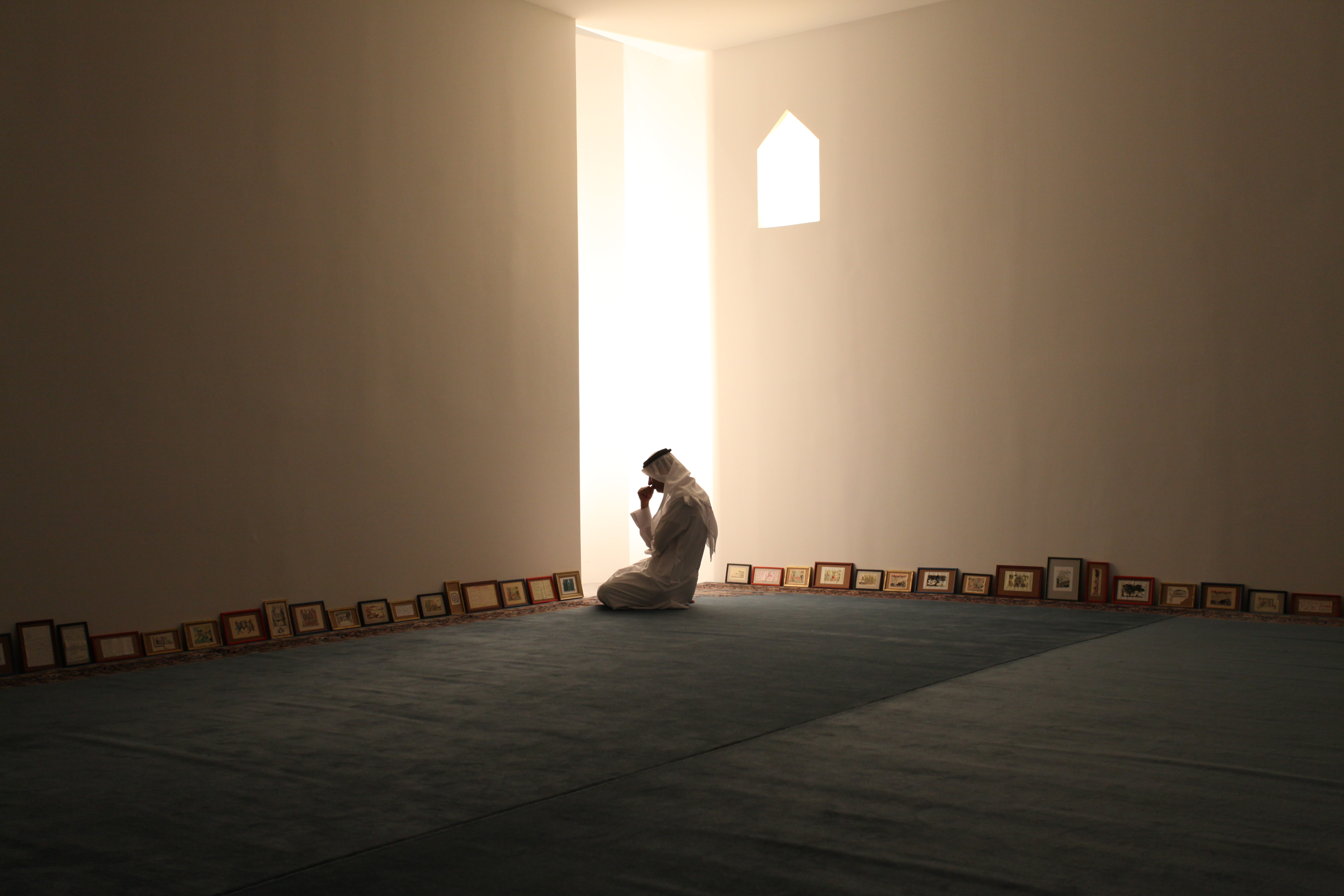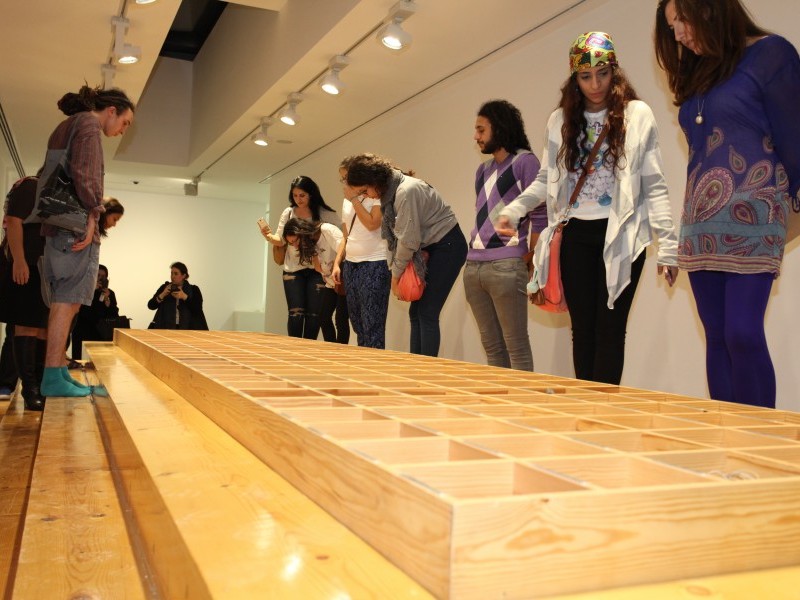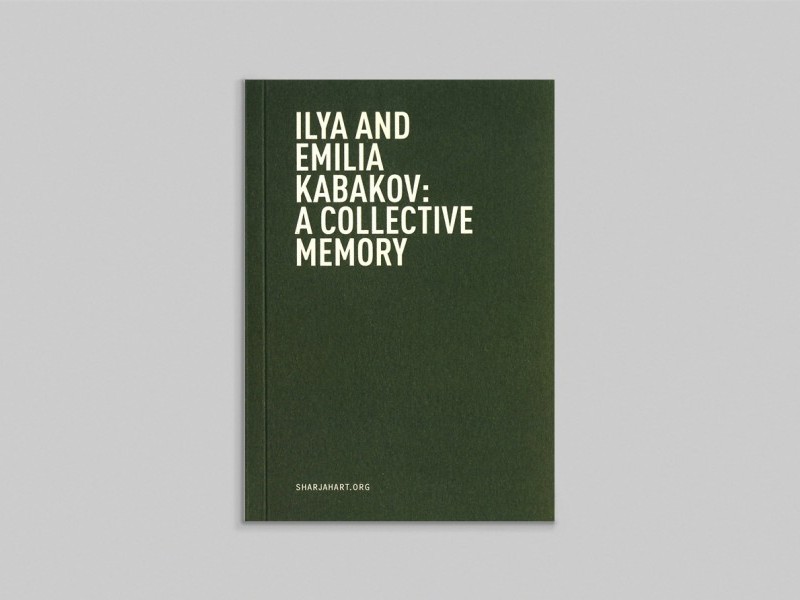
They Are Free — Four Paintings about Freedom, 2012
Ilya and Emilia Kabakov
They Are Free — Four Paintings about Freedom, 2012
Oil on canvas
152.5 x 101.5 cm
Image courtesy of the Artists
search


Ilya and Emilia Kabakov
They Are Free — Four Paintings about Freedom, 2012
Oil on canvas
152.5 x 101.5 cm
Image courtesy of the Artists
Ilya and Emilia Kabakov: A Collective Memory is an exhibition that traces the life and work of Ilya and Emilia Kabakov. American artists born in the Soviet Union, their work fuses elements of the everyday with those of the conceptual. While often rooted in the Soviet social and cultural context in which they lived, their work attains a universal significance that contemplates failed utopias around the world.
Ilya and Emilia Kabakov
1997
Installations, carpet, wool, mixed media, series of
drawings, 650x 800cm
Sharjah Art Foundation Collection
Photo by Alfredo Rubio


Join us as we explore the work of two of the most significant artists living today.

This booklet accompanied the exhibition Ilya and Emila Kabakov: A Collective Memory.

Considered among the most significant Russian artist to have emerged in the 20th Century, since 1988 Ilya Kabakov has been working collaboratively with his wife Emila.